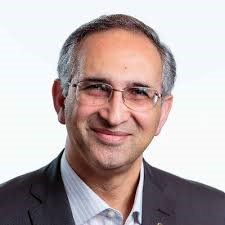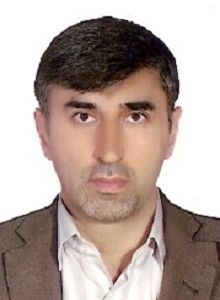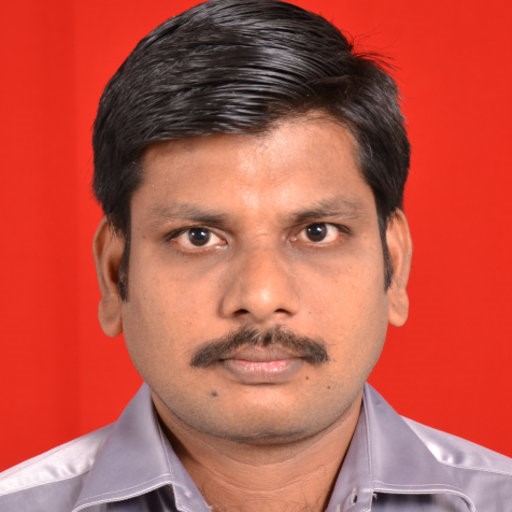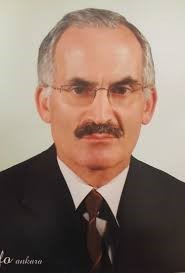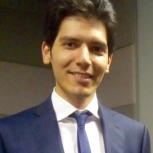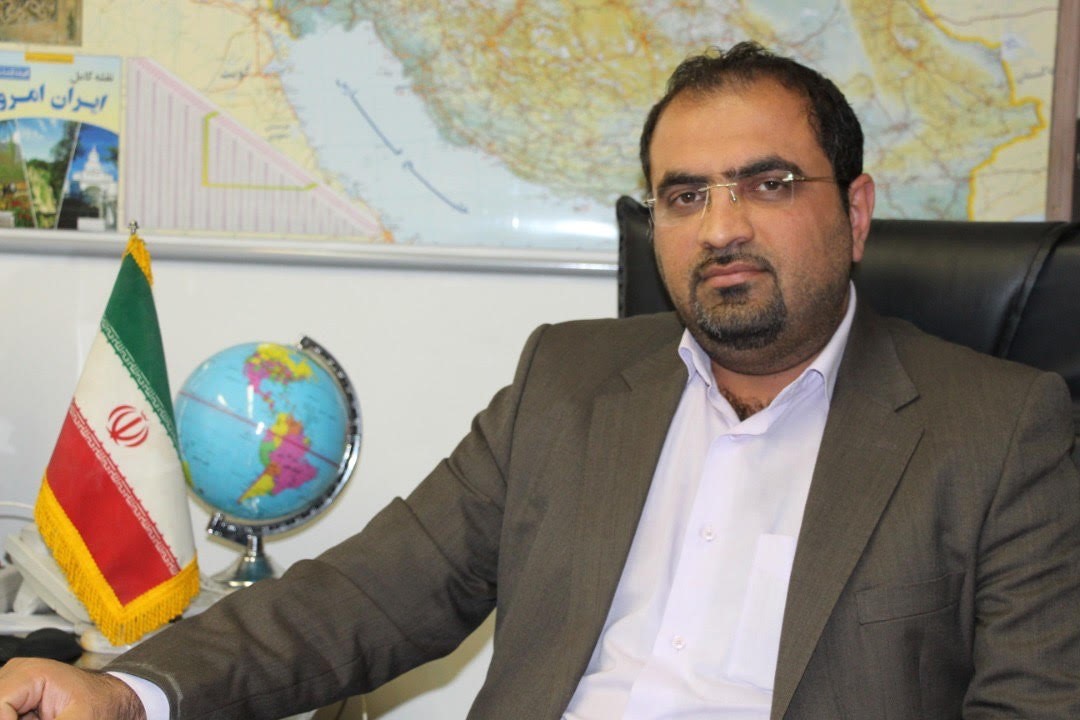سخنرانان کلیدی
|
State of Technological Innovation in Engineering: From Industry 4.0 to Building 4.0 and Beyound Abstract: With the world populations fast growing and cities becoming more complex, the infrastructure and building industry becoming more central to many developing and developed world’s economy. In Australia for example, the building industry alone contributes 13% of GDP and employ over 1.4 million Australians. The infrastructure program in the next two to three years estimated to value $9 billion per annum. These aggressive developments need robust and fundamental research and guidelines to ensure the success in productivity and addressing the challenges of rising costs and sustainability. Governments invested on research and strategy developments in order to leverage current technological innovations and proliferation of different data types, which provide information on the location, condition and performance of infrastructure assets, digitally and in real-time. Recently, the Australian government allocated $28 million to conduct a deep collaborative research on using the industry 4.0 principles to move towards developing disruptive and modern technologies in 4th generation of building industry. In fact, industry 4.0 or “forth industrial revolution” with emphasise on sensors connectivity, automation and data exchange now inspired other sectors including land administration, building and urban development. The proliferation of location intelligence, sensors, multi-dimensional data models and standards (e.g. BIM, CityGML), and digital technologies have provided a basis for governments and industries moving towards digital and geo codes strategies and guidelines. It is upon the research and education industry to plan ahead addressing the future requirements for new skills and culture of data exchange, collaboration and integration to ensure productivity, sustainability, and value return. This presentation will discuss the trend from Industry 4.0 to Building 4.0 and spatially enabled platform as enablers, in addition to the concept of Digital Twin environment in the context of digital economy. |
The University of Melbourne, Victoria, Australia |
|
Spatial Data Infrastructure and public health Spatial Data Infrastructure (SDI) is an infrastructure that enables the exploration, access, management, sharing, re-use and preservation of digital geospatial data. Maps, data, geospatial services and tools may be included in these resources. SDI as an innovation in management of spatial data can provide an appropriate environment in which spatial datasets are always available and accessible. The SDI is made up of several elements. Besides the digital geospatial resources, SDI also requires hardware, software, people, organizations, standards, policies, and many more to operate properly. Creating an SDI often requires good contact between groups and negotiations between organizations and even countries to achieve agreements. The geoportals, metadata, and search functions are three key components of a typical SDI. The development of the SDI has shown great potential in many fields such as emergency management, public health, disaster relief, environmental impact assessment, transportation, and land information systems. Due to numerous public health problems, especially epidemic management, a review of the concept of SDI and its role in public health is necessary. |
K. N. Toosi University of Technology, Iran alesheikh@kntu.ac.ir |
|
Prediction of future land use using Mulusce and QGIS QGIS is a free and open source cross-platform desktop Geographic Information System application that facilitates geospatial data display, editing, and analysis. QGIS has been designed with a plugin architecture. This allows many new features and functions to be easily added to the application. This workshop focused on a QGIS plugin known as “MOLUSCE”. MOLUSCE is a QGIS plugin for Land Use Change Evaluation. MOLUSCE abbreviation stands for Methods Of Land Use Chande Evaluation. MOLUSCE is a Modules for Land Use Change Simulations. It provides a set of algorithms for land use change simulations such as ANN, LR, WoE, MCE. There is also validation using kappa statistics. Prediction of future land use with Mulusce and QGIS would be investigated in this workshop. |
Chennai Institute of technology, chennai, Tamil Nadu, India |
|
Active faulting and natural hazards in Armenia, Eastern Turkey and North-Western Iran Active fault zones of Armenia, SE Turkey and NW Iran present a diverse set of interrelated natural hazards. Three regional case studies in this cross-border zone are examined to show how earthquakes interact with other hazards to increase the risk of natural disaster. In northern Armenia, a combination of several natural and man-made phenomena (earthquakes, landslides and unstable dams with toxic wastes) along the Pambak-Sevan-Sunik fault (PSSF) zone lowers from 0.4 to 0.2–0.3g the maximum permissible level (MPL) of seismic hazard that may induce disastrous destruction and loss of life in the adjacent Vanadzor depression. In the Ararat depression, a large active fault-bounded pull-apart basin at the junction of borders of Armenia, Turkey, Iran and Azerbaijan, an earthquake in 1840 was accompanied by an eruption of Ararat Volcano, lahars, landslides, floods, soil subsidence and liquefaction. The case study demonstrates that natural hazards that are secondary with respect to earthquakes may considerably increase the damage and the casualties and increase the risk associated with the seismic impact. The North Tabriz–Gailatu fault system poses a high seismic hazard to the border areas of NW Iran, eastern Turkey, Nakhichevan (Azerbaijan) and southern Armenia. Right-lateral strike–slip motions along the North Tabriz fault have given rise to strong earthquakes, which threaten the city of Tabriz with its population of 1.2 million. The examples illustrate how the concentration of natural hazards in active fault zones increases the risk associated with strong earthquakes in Armenia, eastern Turkey and NW Iran. This generally occurs across the junctions of international borders. Hence, the transboundary character of active faults requires transboundary cooperation in the study and mitigation of the natural risk. |
Igdir university, Turkey mehmet.salih.bayraktutan@igdir.edu.tr |
|
Education in Geoinformation and Geoinformatics at Universities in Poland |
Nicolaus Copernicus University, Poland met@umk.pl |
|
Advanced Methods for Remote Sensing of Biophysical Parameters in Inland Waters Abstract: The biophysical attributes of water-column (e.g., bathymetry and water quality) as well as bottom (e.g., substrate types/compositions) are closely linked to a variety of aquatic ecosystem services ranging from e.g., drinking water to recreation. In this context, remote sensing approaches provide an efficient means of characterizing these parameters across large spatial and temporal extents. In spite of sound background in coastal studies, remote sensing of inland waters still requires significant advancements. With the increasing availability of high spatial resolution satellite imagery, applications of the spaceborne data have been expanded to riverine/lake environments as well. Moreover, advanced methods have recently been developed to derive the in-water parameters through dealing with the challenges posed by optical complexities of inland waters. This talk will provide a general overview of optical remote sensing over water bodies with a particular focus on physics-based aspects and challenges, e.g., confounding effects from atmosphere. Then, advanced physical and machine learning based methods will be addressed for remotely mapping of a set of key in-water and benthic parameters. The retrieved parameters include hydro-morphological attributes of fluvial systems such as bathymetry and riverbed types/compositions as well as multitemporal dynamics of lake water quality parameters (e.g., chlorophyll-a and total suspended matter). |
The University of Trento, Italy
|
|
Strategic management in the development of Geomatics technologies in Iran Geomatics as an empowering and knowledge-based technology is one of the emerging and growing technologies of the 21st century (such as nanotechnology and biotechnology) that has been developed and implemented by almost all developed countries in the world. Global experience has shown that the ratio of profit to cost in the use of these technologies is at least 4 to 1, and advances in these technologies have led to advances in many other technologies. Due to the need to develop this emerging technology in the country, the geomatics group was founded in the vice president for science and technology of Iran and officially started working on January 16, 2017. Among the group's most important actions are the Establishment of the Accelerator and Innovation Center, the publication of books, the signing of an agreements with National Cartographic Center of Iran and Geography Organization, the holding of several specialized workshops, the support of several technological projects and the support of several specialized events in the field of geomatics.
|
Babol Noshirvani University of Technology, Iran |
